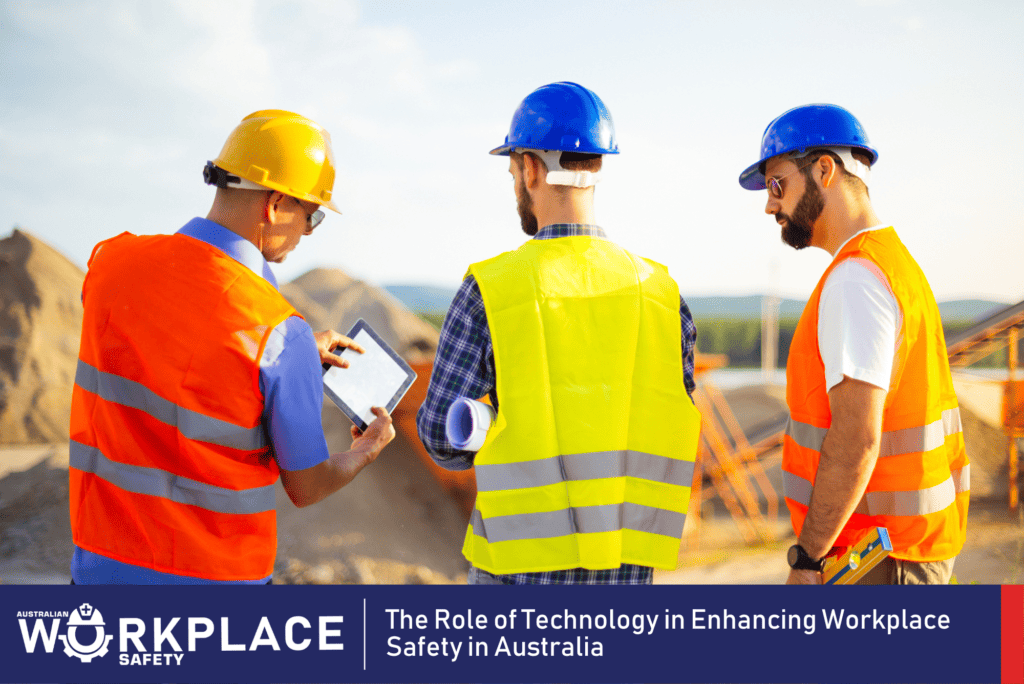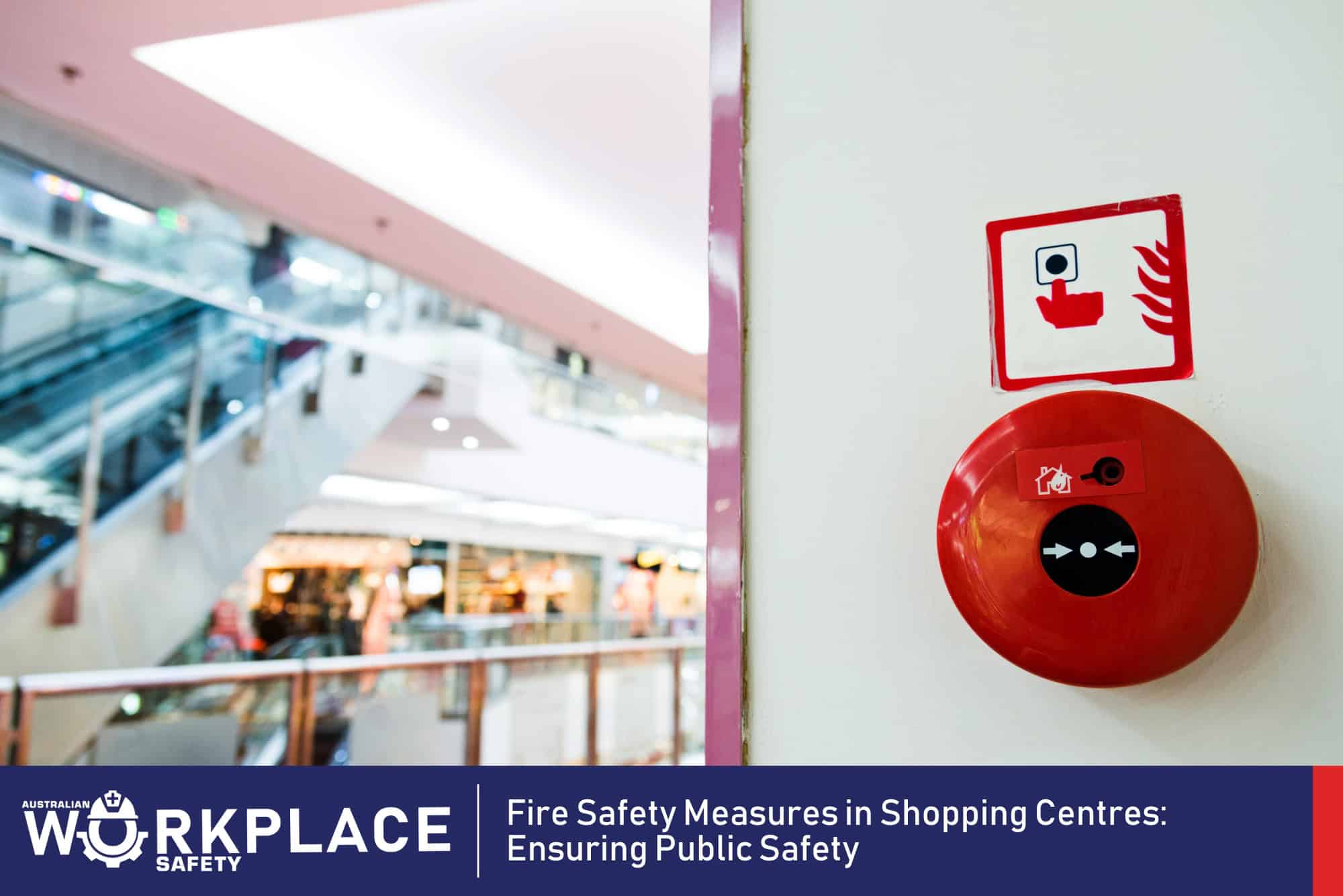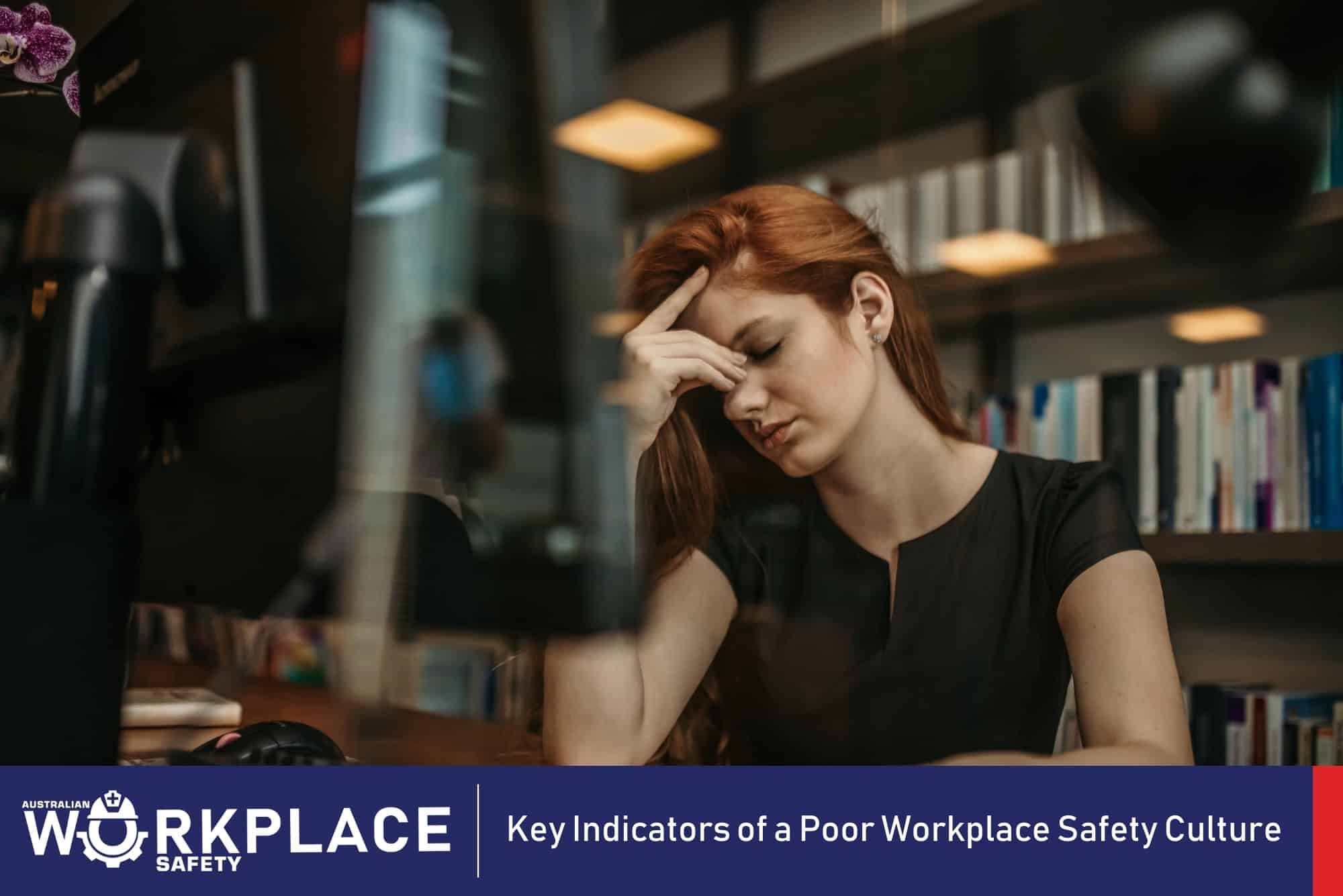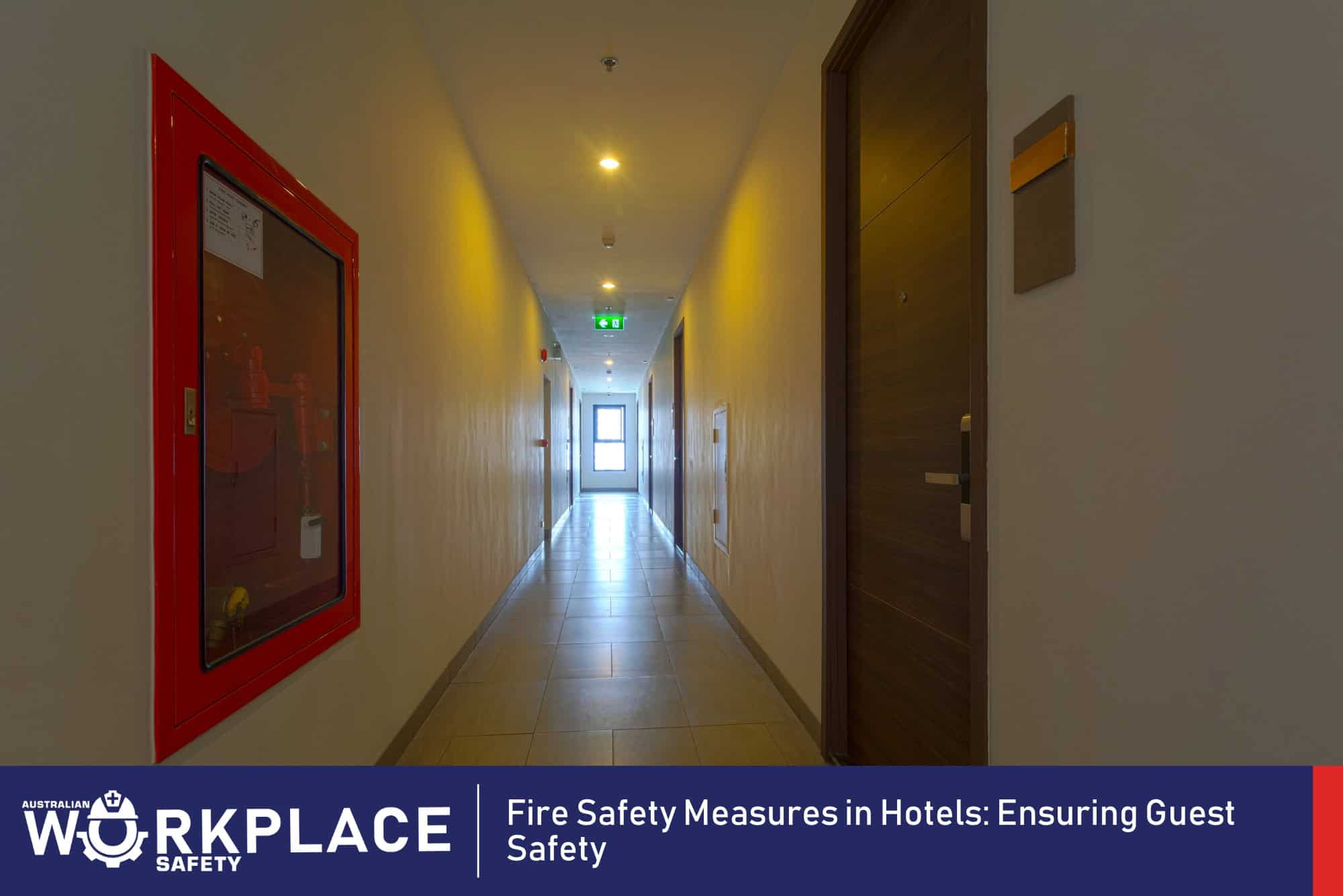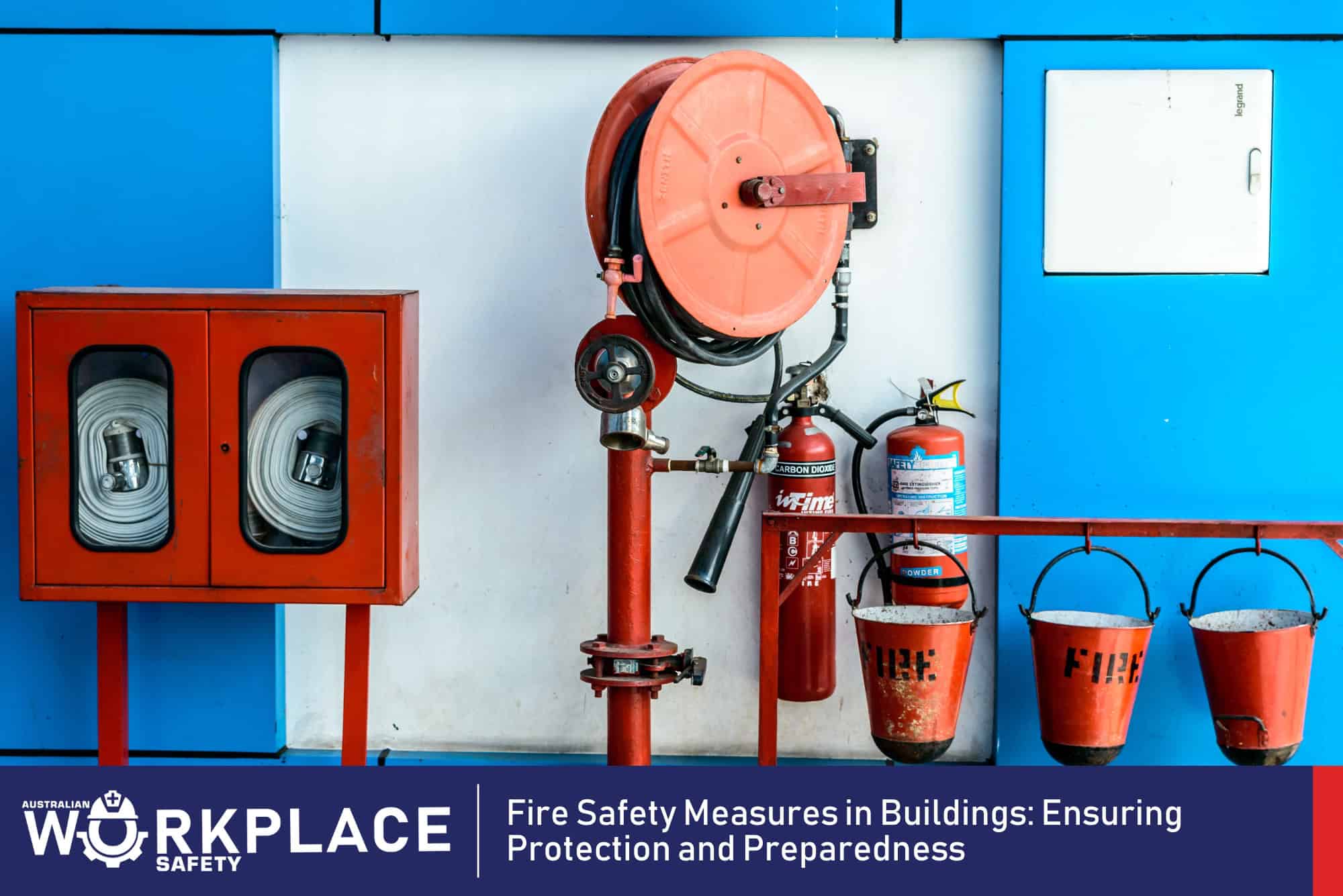Advancements in technology have revolutionised various aspects of modern life, and the realm of workplace safety is no exception. In Australia, leveraging technology to enhance workplace safety has become an imperative for businesses across industries. From smart sensors to virtual reality training, technology is playing a pivotal role in identifying, mitigating, and preventing hazards. In this article, we will explore how technology is reshaping workplace safety practices in Australia.
IoT and Smart Sensors: Enhancing Real-time Monitoring
The Internet of Things (IoT) has introduced a new era of real-time monitoring in workplaces. Smart sensors can be strategically placed to monitor various factors such as temperature, air quality, noise levels, and equipment conditions. In hazardous environments, such as manufacturing plants or construction sites, these sensors provide continuous data that enables immediate intervention in case of deviations from safe conditions. By proactively addressing potential risks, businesses in Australia can significantly reduce the likelihood of accidents.
IoT technology has seen remarkable adoption in sectors where environmental conditions play a critical role. In mining operations, for instance, smart sensors embedded in helmets can detect harmful gases and alert miners to dangerous situations. These real-time alerts empower workers to make informed decisions and take necessary precautions. In agriculture, IoT-driven sensors can monitor the levels of hazardous chemicals in the air, reducing the risk of exposure to harmful substances.
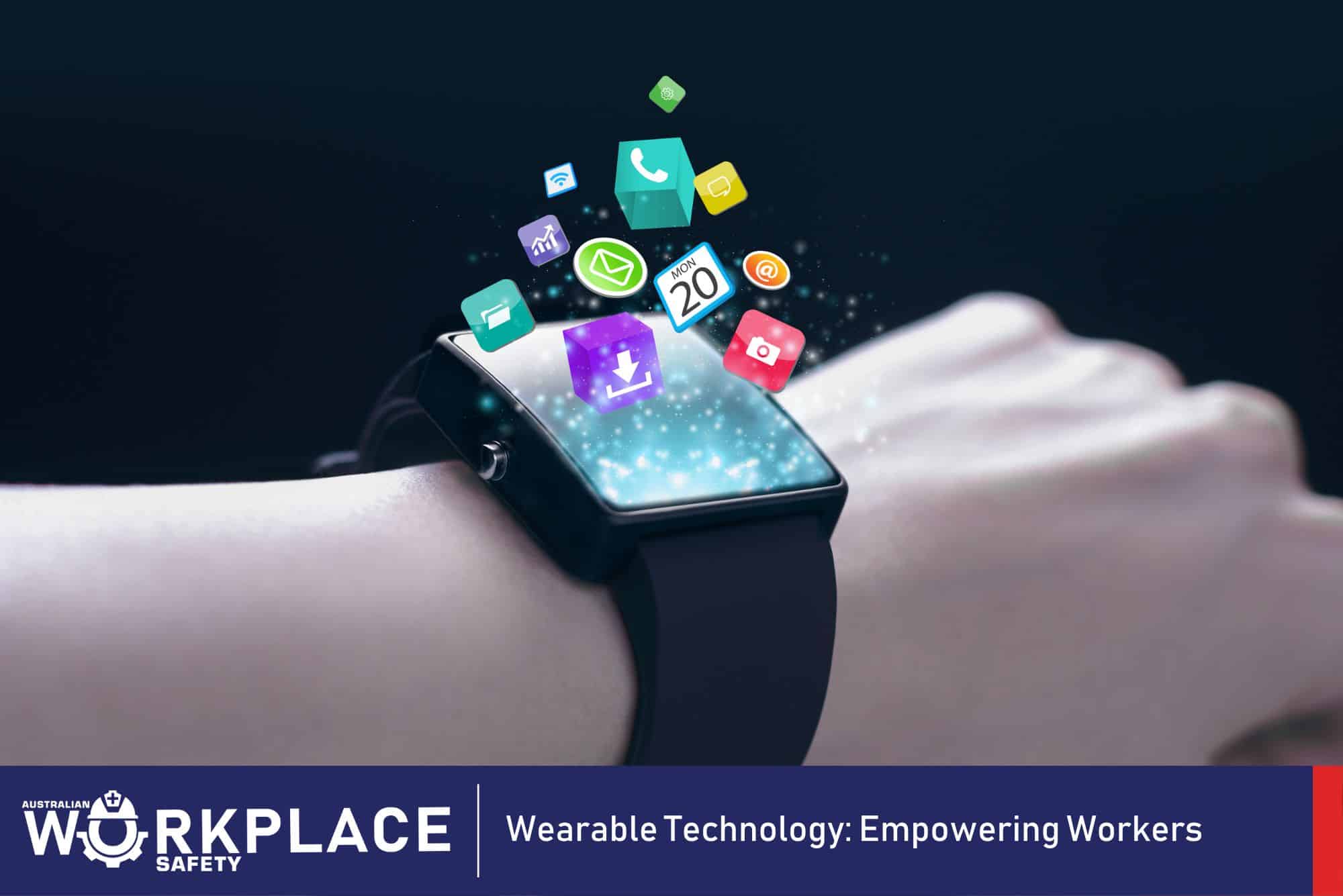
Wearable Technology: Empowering Workers
Wearable technology, such as smart helmets, vests, and glasses, is empowering workers with real-time information and safety alerts. For instance, construction workers can wear helmets equipped with sensors that detect falls and impact. In Australia’s mining industry, workers can use wearable devices to monitor their physiological state, ensuring they don’t exceed safe limits in strenuous conditions. This technology not only enhances individual safety but also contributes to a safer work environment overall.
The integration of wearable technology is transforming industries that traditionally involve high-risk tasks. Firefighters, for instance, can utilise smart helmets that provide critical information about their surroundings, including temperature, smoke density, and structural integrity. This data allows them to make informed decisions and navigate dangerous situations more effectively. In Australia’s healthcare sector, wearable devices can be used to monitor the well-being of healthcare workers in high-stress environments, ensuring their safety while caring for patients.
Virtual Reality (VR) and Augmented Reality (AR) Training
Virtual Reality (VR) and Augmented Reality (AR) have transformed employee training by providing immersive and interactive experiences. Australian businesses are increasingly using VR and AR to simulate hazardous scenarios, allowing employees to practice emergency responses in a controlled environment. This technology is particularly effective in industries where hands-on training is critical, such as firefighting, emergency response, and high-risk machinery operation.
VR and AR technologies are making safety training more engaging and memorable. For example, in Australia’s aviation industry, pilots can undergo realistic simulations of emergency situations, enabling them to practice decision-making under pressure. Similarly, in the healthcare sector, medical professionals can use VR to simulate complex surgeries and procedures, enhancing their skills while minimising risks to actual patients.
Predictive Analytics: Anticipating Hazards
Predictive analytics leverages historical data and machine learning algorithms to predict potential workplace hazards. By analysing patterns, businesses can identify factors that contribute to accidents and proactively address them. For example, predictive analytics can help pinpoint areas where slips and falls are more likely to occur, allowing employers to implement preventive measures. This approach not only reduces accidents but also enhances the overall safety culture.
Mobile Apps for Reporting and Communication
Mobile applications are streamlining communication and reporting processes related to workplace safety. Employees can use mobile apps to report hazards, incidents, and near misses in real-time. This enables quicker response times and facilitates the documentation of incidents for future analysis. Mobile apps also provide a platform for sharing safety guidelines, training materials, and emergency procedures, ensuring that all employees have easy access to vital information.
The adoption of mobile apps for safety reporting is particularly beneficial for industries with geographically dispersed teams, such as construction and field services. Employees working remotely or in remote locations can report hazards immediately, allowing timely corrective actions. Moreover, these apps facilitate communication between on-site workers and off-site safety managers, ensuring that everyone is on the same page when it comes to safety protocols.
Remote Monitoring and Control
Technology enables remote monitoring and control of equipment and processes, reducing the need for personnel to be physically present in hazardous areas. In industries such as energy and utilities, remote monitoring systems allow operators to monitor equipment health, detect anomalies, and perform maintenance tasks without exposing themselves to potential risks. This not only enhances safety but also increases operational efficiency.
Drones for Inspections
Drones are revolutionising workplace inspections, particularly in industries that involve large and hard-to-reach areas. In Australia’s agriculture, mining, and construction sectors, drones are used to conduct aerial inspections, identify structural issues, and assess the condition of equipment. By providing a bird’s-eye view of the workplace, drones offer a safer and more efficient alternative to traditional manual inspections.
The agricultural industry in Australia benefits from drone technology for tasks such as monitoring crop health, identifying pest infestations, and assessing irrigation efficiency. Drones equipped with high-resolution cameras and sensors can provide detailed insights that were previously labour-intensive and time-consuming to obtain. In the mining sector, drones are used to assess the stability of mine walls and identify potential collapse risks, allowing for proactive mitigation measures.
Digital Training Platforms
Digital training platforms are replacing traditional classroom-based training methods. These platforms offer interactive courses on various safety topics, allowing employees to learn at their own pace and convenience. Businesses can customise training modules to address specific hazards and industry regulations. Digital platforms also enable easy tracking of employee progress and comprehension, ensuring that everyone receives the necessary training.
The flexibility of digital training platforms is especially beneficial for businesses with diverse workforces and shifting schedules. In Australia’s healthcare sector, for example, nurses and medical staff can access training modules tailored to their roles and responsibilities. This ensures that employees are well-versed in safety protocols without disrupting their demanding work schedules. In manufacturing, employees can complete safety training during downtimes, maximising efficiency without compromising safety.
Continuous Adaptation and Innovation
While technology is revolutionising workplace safety, it’s essential for Australian businesses to remain adaptable and open to innovation. The technology landscape is constantly evolving, and businesses must keep up with the latest advancements to ensure the effectiveness of their safety initiatives. Regularly evaluating the impact of technology on safety outcomes and seeking opportunities for improvement will be key to long-term success.
Navigating Towards a Safer Tomorrow
As workplaces in Australia continue to evolve, the integration of technology is emerging as a driving force in enhancing safety practices. From IoT sensors to wearable technology, from VR training to predictive analytics, businesses are leveraging technology’s potential to identify, mitigate, and prevent hazards. This synergy between technology and safety not only safeguards employees but also boosts operational efficiency, productivity, and overall business success.
Australia’s commitment to workplace safety is evident in the wide adoption of cutting-edge technologies that cater to the diverse needs of various industries. As these technologies mature and evolve, they hold the promise of transforming workplace safety from a reactive approach to a proactive, data-driven, and collaborative endeavour.
As we continue to embrace innovation, adaptability, and a commitment to the welfare of employees, technology’s role in enhancing workplace safety will undoubtedly contribute to a future where Australian workplaces are not only efficient and productive but also inherently safe and supportive of human well-being.
